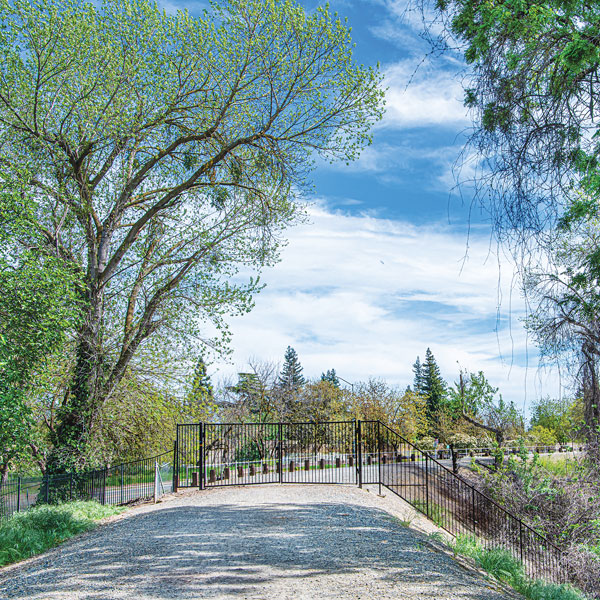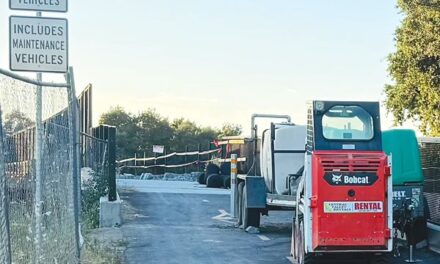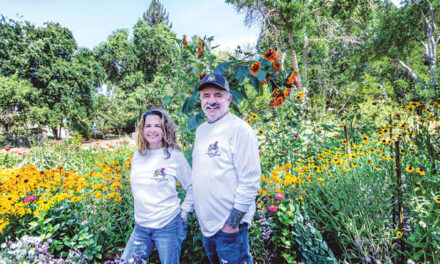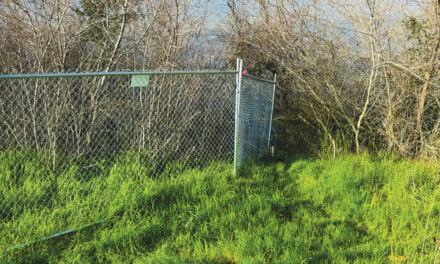Last summer, a Laguna Beach woman decided to kick people off the sand near her oceanfront home.
“I’m not joking around,” she screamed. “It’s not harassment on the beach, it’s harassment in my whole property. Get out of here! Now!”
She dragged a rope across the beach, marked an imaginary boundary and continued to shout. Beachgoers packed up and trudged away.

The woman didn’t own the sand. The beachgoers were on public land. But if her home had been near the Sacramento River levee, she might have gotten away with her crime.
Along the Sacramento River levee, blocking public access is acceptable.
The difference? Pocket and Little Pocket levees are governed by the Central Valley Flood Protection Board. Laguna Beach is ruled by the California Coastal Commission.
Two state agencies. Two very different attitudes.
The flood board might have let the woman erect her temporary fence. Not so the coastal commission.
Coastal officials threatened the Laguna Beach woman with fines up to $11,250 daily if she roped off sand and intimidated sunbathers.
The coastal commission and flood board are cousins with similar duties. Both have members appointed and approved by the governor and Legislature. But the flood board is historically negligent or absent when it’s time to support levee safety and river access.
For 50 years, the flood board often cowered in response to a small collection of property owners near the levee—homeowners determined to keep people away from the river.
Laws are clear. Anything below the mean high tide or mean high water level is public land. But enforcement against illegal private levee fences or other encroachments is sporadic.
It all depends on the agency.
In some ways, the local levee situation is more complicated than ocean tides at Laguna Beach. The flood board owns the levees and works with the U.S. Army Corps of Engineers and Department of Water Resources to keep levees safe.
Homeowners near the river can’t touch the flood protection system without authorization. No gardens. No staircases. No picnic tables or boat docks.
But for decades, various property owners treated the levee as backyard extensions. They dug holes, built fences, carved steps. State officials ignored the violations, despite knowing fences and staircases weaken the levee, slow emergency vehicles and put the city at risk.
Last year, I wrote how local authorities surveyed decades of levee encroachments in preparation for the $1.8 billion Corps of Engineers levee restoration project.
Surveys revealed dozens of dangerous situations, including staircases, fences, electrical outlets and retaining walls. Some authorized. Many not.
Rather than issue fines and demand encroachment removals, regional authorities gave offenders cash payoffs—bribes, in a sense. They paid $1.8 million to 83 property owners in Pocket and Little Pocket, averaging $22,000 per household.
The idea was to discourage property owners from filing nuisance lawsuits that could delay levee repairs. Army Corps contractors removed encroachments at zero cost to guilty homeowners.
The payoffs summarized a half-century of special treatment demanded and received by fewer than 100 property owners near the levee.
Lobbying state and local officials and threatening lawsuits when charm failed, a handful of levee-side homeowners damaged the city’s flood control system. They blocked access to the river and stalled the levee bike trail promised in 1975.
In recent years, city officials rediscovered their duty to serve public interests. Now the city is resolving easement claims by property owners. Municipal authorities are preparing to open the bike trail from Garcia Bend to Zacharias Park.
The state is coming on board. Christopher Lief, executive officer of the Central Valley Flood Protection Board, tells me, “We stand ready to work with the city” to finish the riverfront parkway.
The California Coastal Commission might use stronger language. Even the richest Laguna or Newport property owners can’t get away with impeding beach access.
After 50 years of making concessions to property owners near the levee, public agencies are learning to prioritize public safety and public accessibility.
R.E. Graswich can be reached at regraswich@icloud.com. Follow us on Facebook and Instagram: @insidesacramento.
















